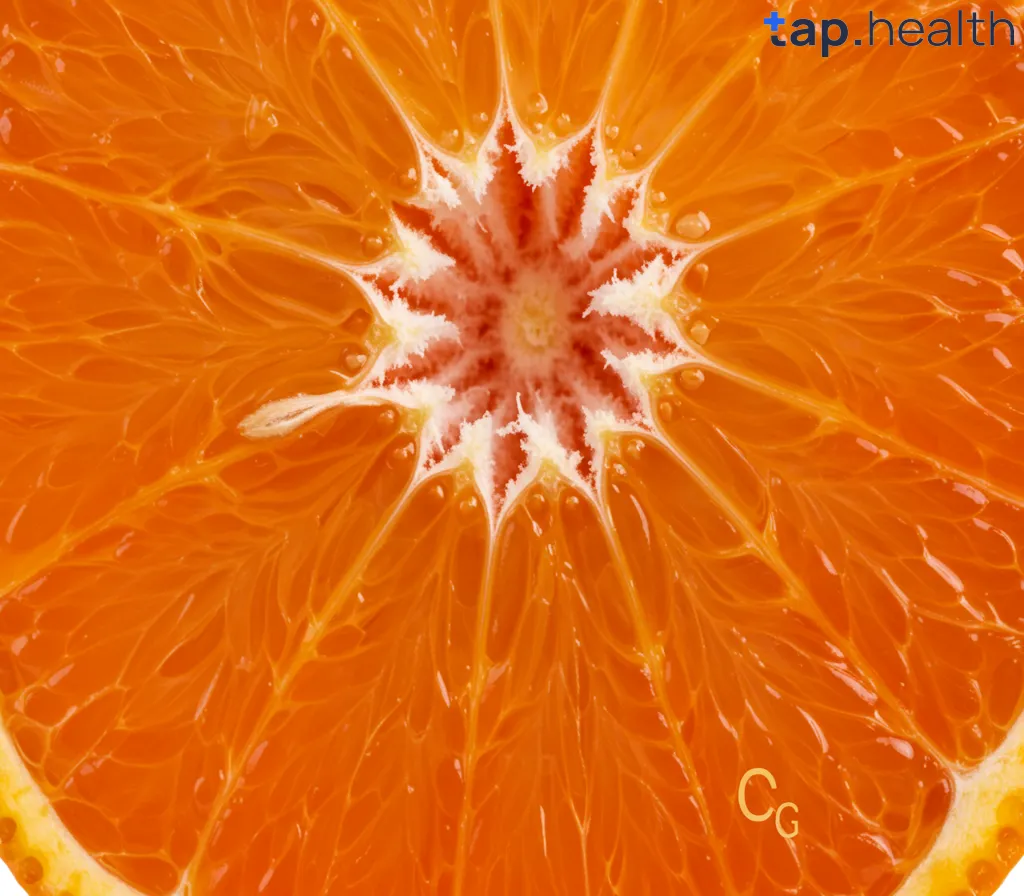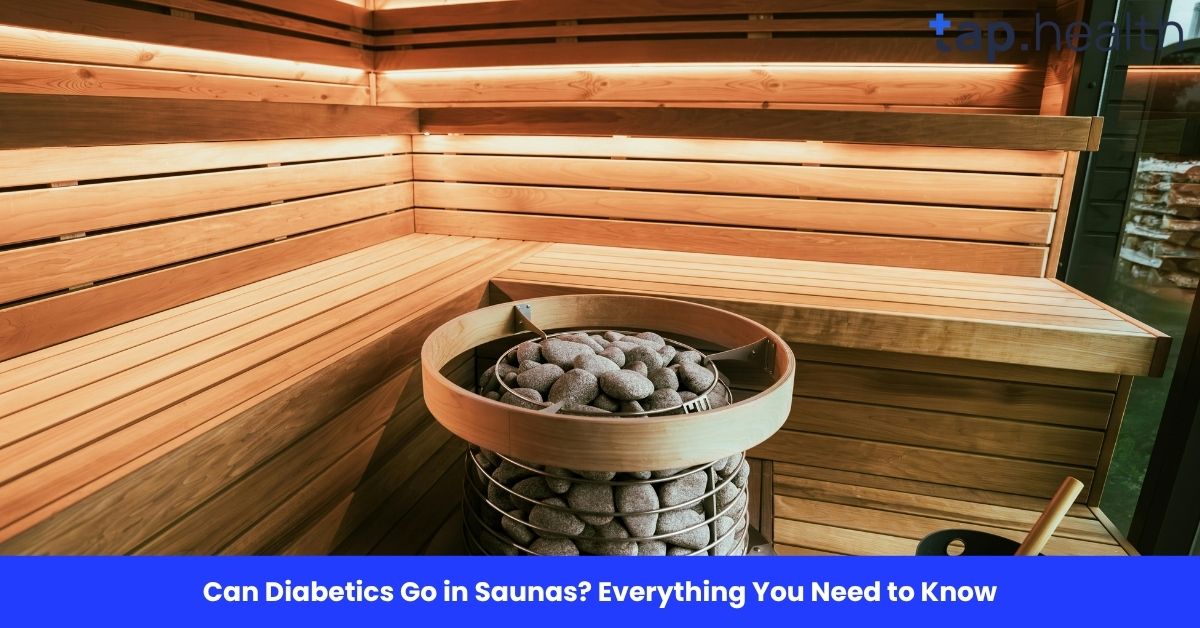You’re peeling a mandarin orange—maybe a Cutie, a Halos, or just one from the fruit bowl. It’s sweet, juicy, and easy to eat. You pop a segment in your mouth and wonder:
How much vitamin C is in a mandarin orange?
It’s a simple question, but a good one. After all, vitamin C is famous for boosting your immune system, helping your skin stay healthy, and protecting your body from illness.
So, what’s the answer?
Here it is:
A medium mandarin orange (about 88 grams) contains around 23–27 milligrams (mg) of vitamin C.
That’s about 30–35% of the daily vitamin C you need if you’re an adult.
But there’s more to the story. The exact amount can change based on size, type, and ripeness. And vitamin C is just one of the many health benefits mandarins offer.
In this article, we’ll go deep—answering every question you might have about mandarins and vitamin C. We’ll cover:
- How much vitamin C is in different types of mandarins
- How it compares to oranges, lemons, and other fruits
- Why vitamin C matters for your health
- When mandarins are the best choice (and when other fruits win)
- How to get the most nutrients from your fruit
- And much more
All in simple, easy-to-understand language—no confusing science talk, no robotic tone. Just real, honest facts from trusted sources like the USDA, National Institutes of Health (NIH), Mayo Clinic, and Harvard Health.
Let’s dive in.
What Is a Mandarin Orange?
First, let’s clear up what a mandarin orange actually is.
Mandarins are a type of citrus fruit. They’re smaller, sweeter, and easier to peel than regular oranges. They’re also less acidic, which makes them a favorite for kids and people who don’t like sour fruit.
Common types of mandarins include:
- Clementines – small, seedless, super sweet
- Tangerines – slightly larger, sometimes with seeds
- Satsumas – very easy to peel, often grown in Japan
- Cuties and Halos – brand names for clementines and tangerines sold in the U.S.
All of these are mandarins. So when we talk about “a mandarin orange,” we’re talking about this whole family of tasty, portable citrus.
How Much Vitamin C Is in a Mandarin Orange?
Now, back to the main question.
The Average Amount
According to the U.S. Department of Agriculture (USDA):
- One medium mandarin orange (88g) contains 23.5 mg of vitamin C
But depending on the variety and size, this can range from:
- 20 mg (small mandarin)
- 30 mg (larger tangerine)
So, 23–27 mg is a safe average for one fruit.
How Does That Compare to Daily Needs?
The recommended daily intake of vitamin C is:
- 90 mg for adult men
- 75 mg for adult women
- 85 mg for pregnant women
- 120 mg for breastfeeding women
So, one mandarin gives you:
- About 26% of a man’s daily need
- About 31% of a woman’s daily need
That’s a solid chunk—especially for such a small, sweet snack.
How Much Vitamin C in Different Types of Mandarins?
Not all mandarins are the same. Let’s break it down by type.
1. Clementines
- One clementine (74g): 23 mg vitamin C
- Often sold in bags labeled “Cuties” or “Delite”
- Small, seedless, very sweet
- One of the most popular mandarin types
2. Tangerines
- One tangerine (109g): 26–30 mg vitamin C
- Slightly larger than clementines
- May have seeds
- A bit tangier in flavor
Because they’re bigger, tangerines usually have more vitamin C than clementines.
3. Satsumas
- One satsuma (88g): 24 mg vitamin C
- Very easy to peel
- Mild, honey-like sweetness
- Less common in stores but growing in popularity
4. Mican (Common Name for Mandarins in Some Areas)
- Same as other mandarins: 20–30 mg per fruit
- Varies by size and ripeness
No matter the name, if it’s a small, easy-peel citrus, it’s likely in the same vitamin C range.
How Does a Mandarin Compare to a Regular Orange?
You’ve probably heard that oranges are packed with vitamin C. So how does a mandarin stack up?
Let’s compare:
| Mandarin Orange | 88g (1 medium) | 23–27 mg |
| Navel Orange | 184g (1 medium) | 70 mg |
So, a regular orange has about 3 times more vitamin C than a mandarin.
But here’s the thing: the orange is also twice as big.
If you eat one mandarin, you’re getting a good amount of vitamin C. But if you want more, you’d need to eat 2–3 mandarins to match one orange.
Still, mandarins are a great choice because:
- They’re easier to eat on the go
- Kids love them
- They’re less acidic, so gentler on sensitive stomachs
How Does Mandarin Vitamin C Compare to Other Fruits?
Let’s see how mandarins do against other common fruits.
| Mandarin Orange | 1 fruit (88g) | 23–27 mg |
| Orange | 1 medium | 70 mg |
| Strawberries | 1 cup (152g) | 89 mg |
| Kiwi | 1 medium (76g) | 64 mg |
| Red Bell Pepper | ½ cup (75g) | 150 mg |
| Broccoli | ½ cup cooked (78g) | 51 mg |
| Lemon Juice | 1 tbsp (15ml) | 9 mg |
So, while mandarins aren’t the highest in vitamin C, they’re still a great source—especially for a fruit that’s so easy to eat and enjoy.
Why Is Vitamin C Important?
You’ve heard it a thousand times: vitamin C is good for you. But why?
Here’s what it actually does in your body:
1. Boosts Your Immune System
Vitamin C helps your white blood cells work better. These cells fight off viruses and bacteria.
During cold and flu season, getting enough vitamin C can:
- Reduce the length of colds
- Lower the chance of getting sick
- Help you recover faster
It won’t cure a cold, but it helps your body defend itself.
2. Helps Make Collagen
Collagen is a protein that keeps your skin firm, your joints moving smoothly, and your gums healthy.
Without vitamin C, your body can’t make collagen. That’s why people with severe deficiency get scurvy—gums bleed, skin breaks down, and wounds don’t heal.
Even today, low vitamin C can lead to:
- Dry skin
- Slow healing
- Weak nails
3. Acts as an Antioxidant
Vitamin C fights free radicals—harmful molecules that damage cells and speed up aging.
By neutralizing them, vitamin C helps protect against:
- Heart disease
- Some cancers
- Wrinkles and skin damage
4. Helps Absorb Iron
Especially important if you don’t eat meat. Vitamin C helps your body absorb non-heme iron from plant foods like:
- Beans
- Spinach
- Lentils
- Fortified cereals
So if you eat a mandarin with a spinach salad, you’re helping your body use the iron better.
Are Mandarins Good for You Besides Vitamin C?
Yes! Vitamin C is just one of the many health benefits of mandarins.
1. Low in Calories
- One mandarin has about 40–45 calories
- No fat, no cholesterol
- Great for healthy snacking
2. High in Fiber
- One mandarin has 2–3 grams of fiber
- Helps with digestion
- Keeps you full longer
- Supports gut health
3. Packed with Other Vitamins and Minerals
Mandarins also contain:
- Vitamin A – for healthy eyes and skin
- Folate (B9) – important for cell growth
- Potassium – helps control blood pressure
- Calcium – for strong bones
- B vitamins – for energy and brain function
4. Full of Plant Compounds
Mandarins contain flavonoids and antioxidants that help:
- Reduce inflammation
- Protect heart health
- Support liver function
One called nobiletin (found in the peel and membranes) is being studied for its ability to improve metabolism and reduce obesity in animal studies.
Can You Eat Too Many Mandarins?
While mandarins are healthy, eating a lot every day can cause some issues.
1. Too Much Sugar
One mandarin has about 9–10 grams of natural sugar.
That’s not a lot, but if you eat 4–5 a day, that’s 40+ grams—like drinking a soda.
For people with diabetes, it’s important to count mandarins as part of your carb intake.
2. Orange Skin (Carotenemia)
Yes, this is a real thing.
Eating too many mandarins (or carrots, sweet potatoes) can cause a harmless condition called carotenemia—where your skin turns slightly orange, especially on the palms and soles.
It’s not dangerous and goes away when you eat fewer high-carotene foods.
3. Acidic on Teeth
Citrus is acidic. Eating a lot of mandarins can wear down tooth enamel over time.
Tips to protect your teeth:
- Don’t brush right after eating citrus (wait 30 minutes)
- Drink water afterward
- Eat mandarins with a meal, not alone
When Is the Best Time to Eat a Mandarin?
Any time is a good time! But here are some smart moments:
1. As a Snack
- No prep needed
- Portable and mess-free
- Hits the sweet spot without junk food
2. With Iron-Rich Meals
- Eat a mandarin with a bean burrito or spinach salad
- The vitamin C helps your body absorb more iron
3. During Cold Season
- Boosts your daily vitamin C
- Hydrating and soothing if you have a sore throat
4. Before or After a Workout
- Natural sugars give you energy
- Potassium helps prevent cramps
- Easy to digest
How to Get the Most Vitamin C from a Mandarin
Vitamin C is sensitive to heat, air, and light. So how you handle your fruit matters.
1. Eat It Fresh
- Don’t cook mandarins—heat destroys vitamin C
- Eat them raw and fresh for maximum benefits
2. Eat the Whole Segment
- The white membranes (pith) around the segments contain extra vitamin C and fiber
- Don’t peel them off—eat them!
3. Store It Right
- Keep mandarins in the fridge to preserve nutrients
- Use within 1–2 weeks
- At room temperature, they lose vitamin C faster
4. Don’t Let It Sit Cut Up
- Once peeled, vitamin C starts to break down
- Eat it right away or store in a sealed container in the fridge for a few hours
Are Mandarins Better Than Orange Juice?
It depends.
Let’s compare:
| Vitamin C | 23–27 mg | 120 mg |
| Fiber | 2–3 g | 0.5 g |
| Sugar | 9–10 g | 21–25 g |
| Calories | 40–45 | 110 |
| Added Sugar | None | Sometimes added |
| Fullness | High (chewing helps) | Low (liquid sugar) |
So, orange juice has more vitamin C, but also more sugar and less fiber.
Bottom line:
- If you want more vitamin C fast (like when sick), juice can help.
- If you want a healthy, filling snack, the whole mandarin is better.
Can Kids Eat Mandarins Every Day?
Yes—mandarins are a fantastic fruit for kids.
Benefits:
- Easy to eat (no peeling struggle)
- Sweet taste encourages healthy eating
- Good source of vitamin C for growing bodies
- Helps prevent colds during school season
But:
- Limit to 1–2 per day to avoid too much sugar
- Watch for sticky residue on teeth—brush after eating
- Be careful with seeds in some tangerines
Many parents love Cuties and Halos because they’re convenient and popular with kids.
Are Mandarins Good for Weight Loss?
They can be part of a healthy weight-loss plan.
Why?
- Low in calories
- High in water and fiber
- Natural sweetness helps curb sugar cravings
- Takes time to eat, so you feel full
But don’t eat them like candy. One or two a day is a great snack. Five is more like dessert.
Do Mandarins Help With Cold and Flu?
They won’t cure a cold, but they can help your body fight it.
How?
- Vitamin C supports immune cells
- Fluids keep you hydrated
- Natural sugars give you energy when you’re tired
While you shouldn’t rely on mandarins alone, eating one every day during cold season is a smart move.
Final Thoughts: How Much Vitamin C in a Mandarin Orange?
Let’s recap:
- ✅ A medium mandarin orange has about 23–27 mg of vitamin C
- ✅ That’s 30–35% of a woman’s daily need
- ✅ Less than a regular orange, but still a great source
- ✅ Packed with fiber, antioxidants, and other nutrients
- ✅ Safe and healthy for kids, adults, and teens
- ❌ Don’t overdo it—too many can cause orange skin or tooth issues
Mandarins aren’t just cute and easy to eat—they’re a smart, healthy choice for boosting your vitamin C and supporting your overall health.
So next time you peel one, enjoy it knowing you’re giving your body a real nutritional boost.
Frequently Asked Questions (FAQ) on How Much Vitamin C in a Mandarin Orange?
How much vitamin C is in a mandarin orange?
One medium mandarin (88g) has about 23–27 mg of vitamin C—around one-third of your daily need.
Is a mandarin orange high in vitamin C?
Yes, it’s a good source. While not as high as oranges or bell peppers, it’s still rich in vitamin C and easy to eat.
How many mandarins should I eat a day?
1–2 is plenty. More than that may add too much sugar to your diet.
Do mandarins have more vitamin C than oranges?
No. A regular orange has about 70 mg, while a mandarin has 23–27 mg. But mandarins are smaller and easier to eat.
Are Cuties and Halos mandarins?
Yes. Cuties and Halos are brand names for clementines and tangerines, both types of mandarins.
Can mandarins help with a cold?
They can support your immune system with vitamin C, but they won’t cure a cold. Still, a great snack when sick.
Do mandarins have more vitamin C than lemons?
A whole mandarin has more vitamin C than a tablespoon of lemon juice, but less than a full lemon. Lemons are very acidic, so mandarins are gentler.
Does the peel of a mandarin have vitamin C?
The peel itself isn’t eaten, but the white pith (membranes) around the segments has extra vitamin C and fiber. Eat it!
Are mandarins good for your skin?
Yes. Vitamin C helps make collagen, which keeps skin firm and healthy. Antioxidants also protect against damage.
Can eating too many mandarins turn your skin orange?
Yes, but it’s harmless. This is called carotenemia and goes away when you eat fewer high-carotene foods.
Are mandarins better than orange juice?
For fiber and fullness, yes. For pure vitamin C, juice has more—but also more sugar and less fiber.
Do mandarins help with iron absorption?
Yes. The vitamin C in mandarins helps your body absorb iron from plant-based foods like beans and spinach.
Are mandarins good for weight loss?
They can be. Low calorie, high fiber, and satisfying. But don’t overeat—stick to 1–2 per day.
Can diabetics eat mandarins?
Yes, in moderation. One mandarin has about 10g of natural sugar. Count it as part of your carb plan and pair with protein or fat to slow sugar absorption.
When are mandarins in season?
Typically November to April. That’s why they’re so popular during winter and cold season.
Mandarin oranges are more than just a tasty, easy snack—they’re a nutritious powerhouse in a tiny package. With solid vitamin C, fiber, and natural sweetness, they’re a smart choice for anyone looking to eat healthier. So peel one, enjoy the flavor, and know you’re doing something good for your body.



